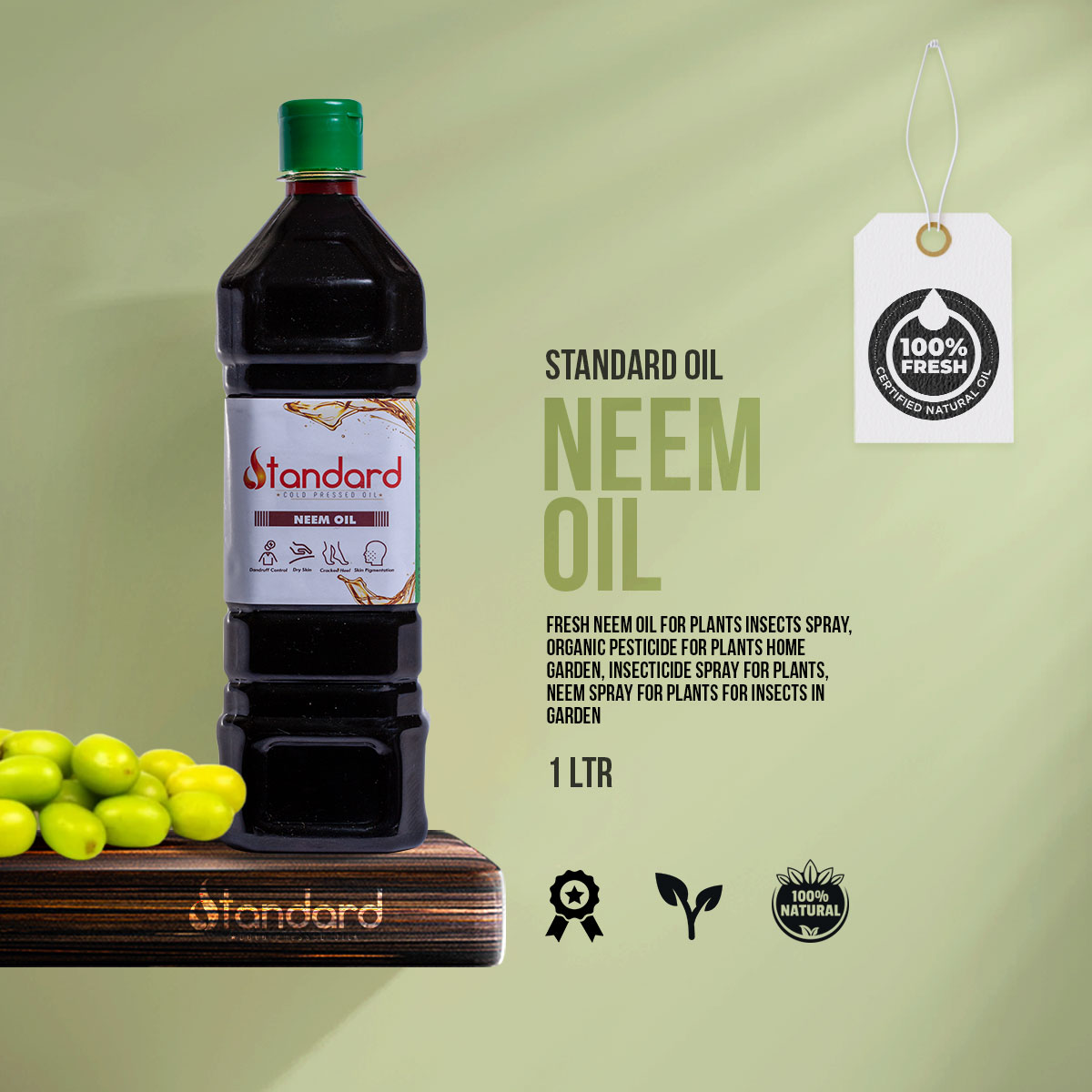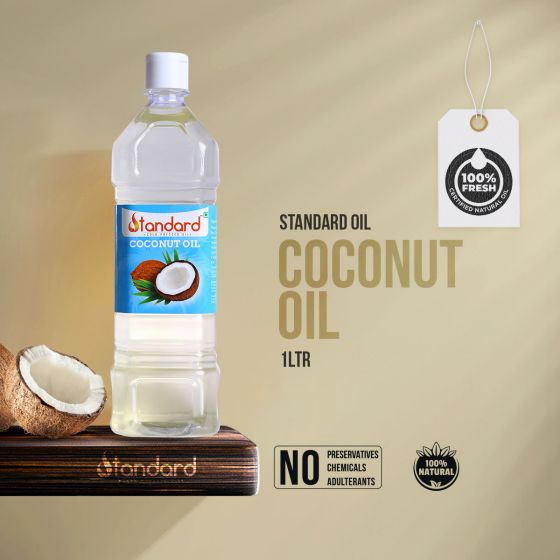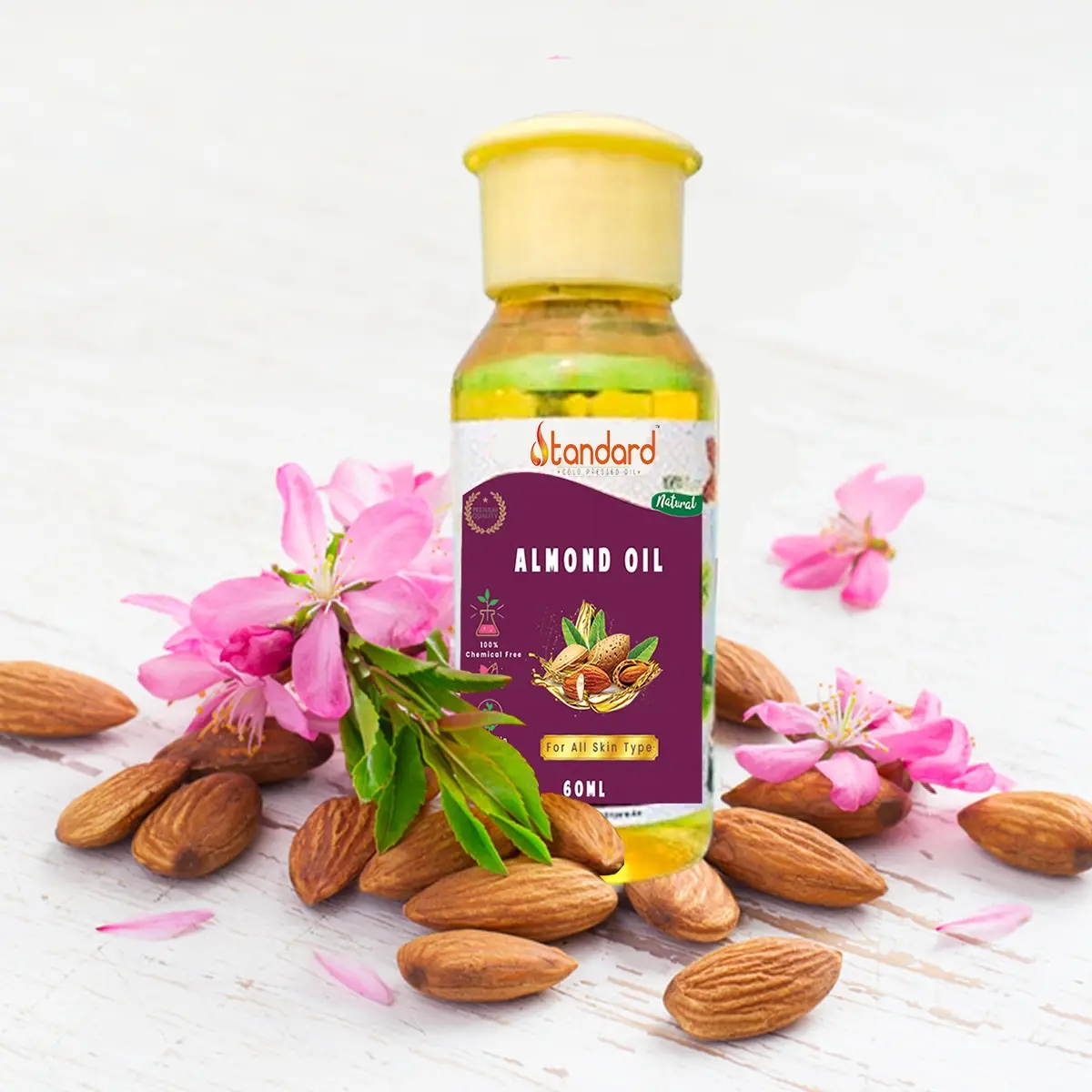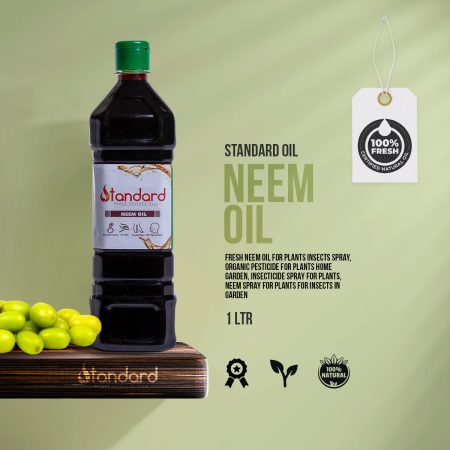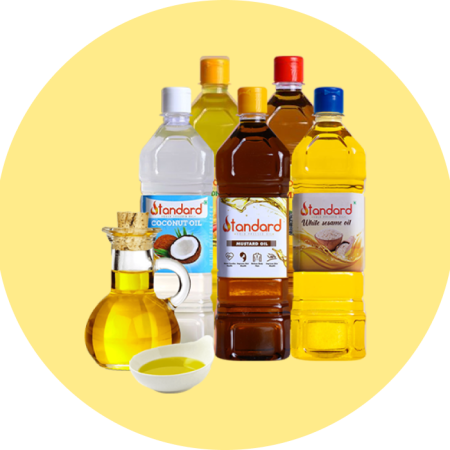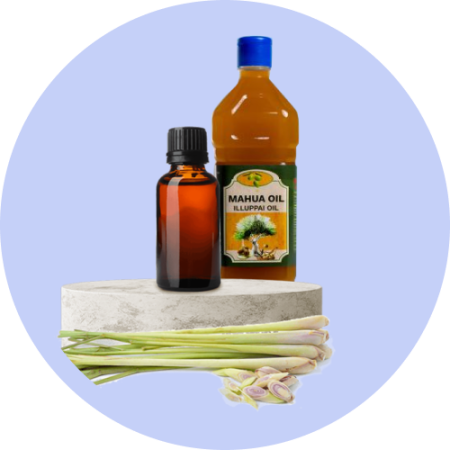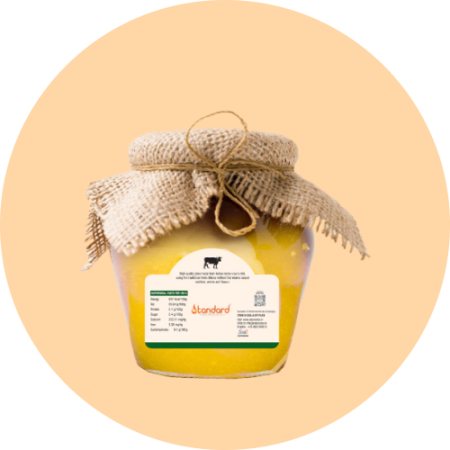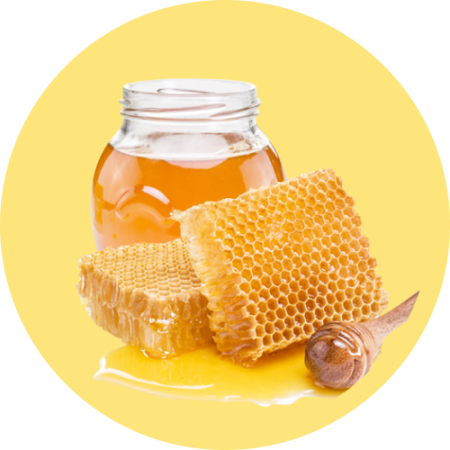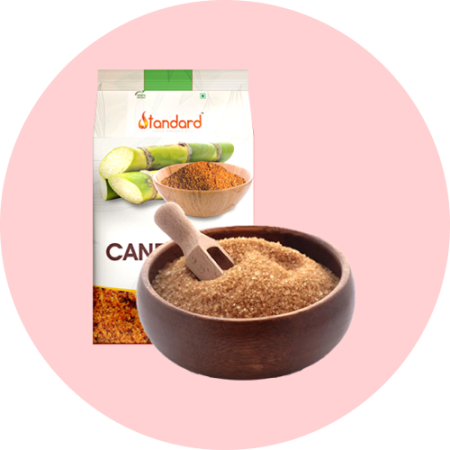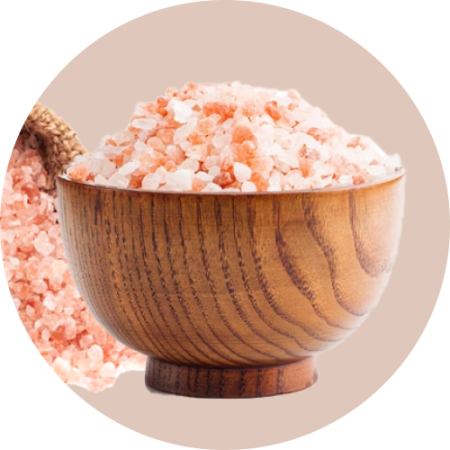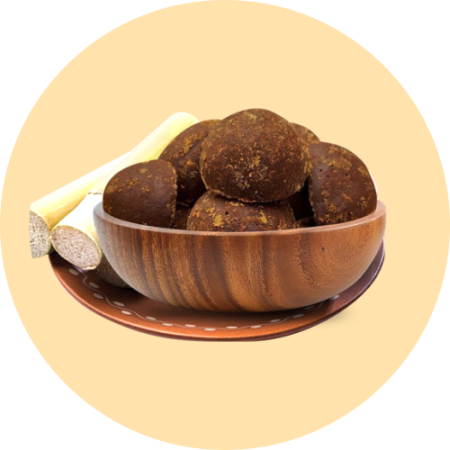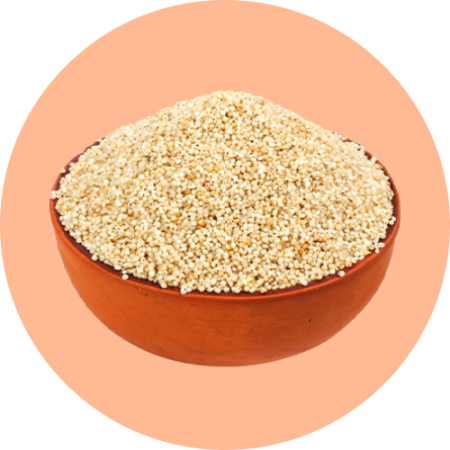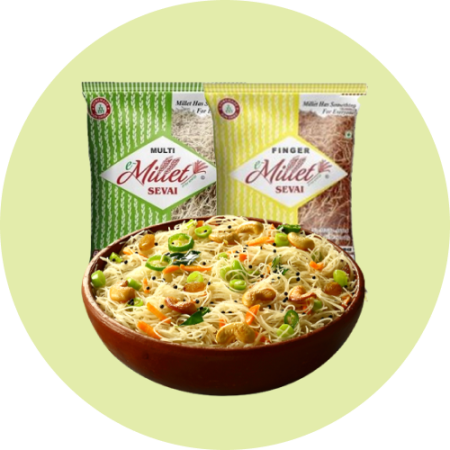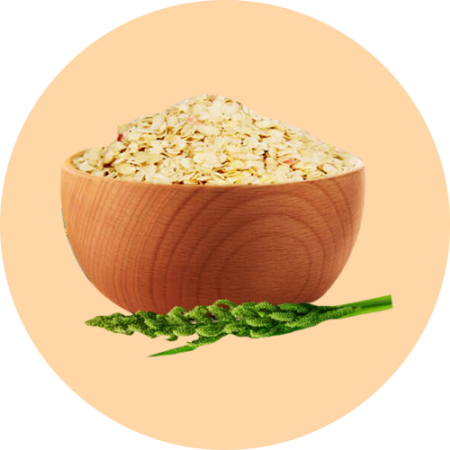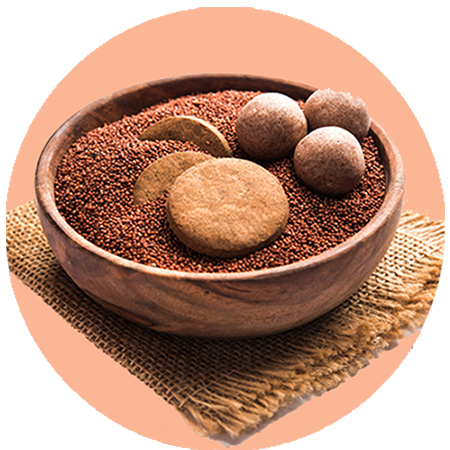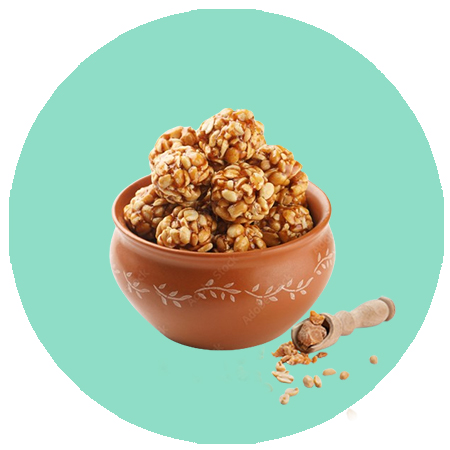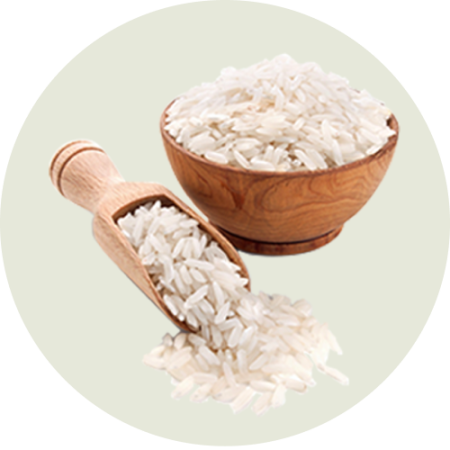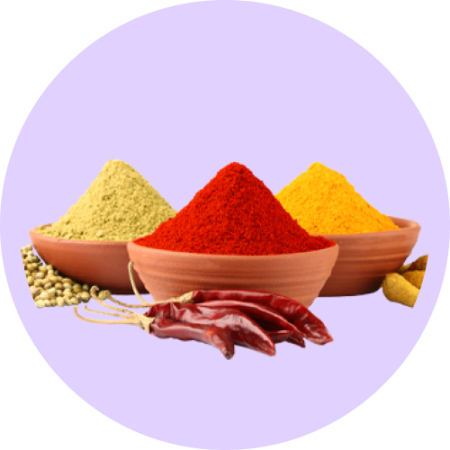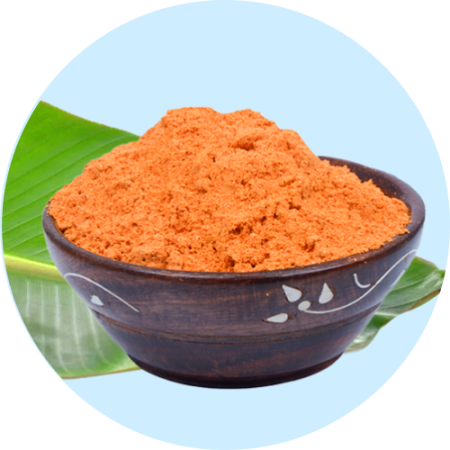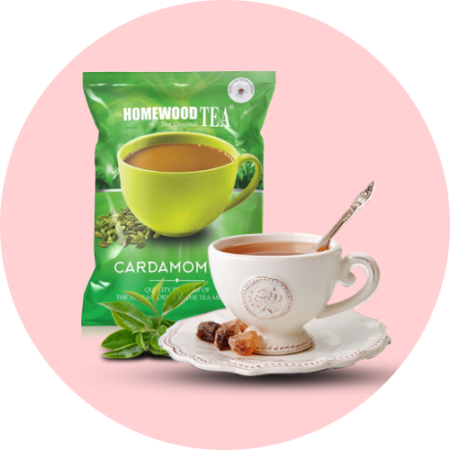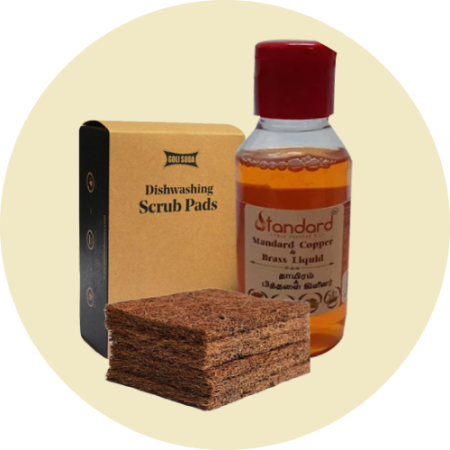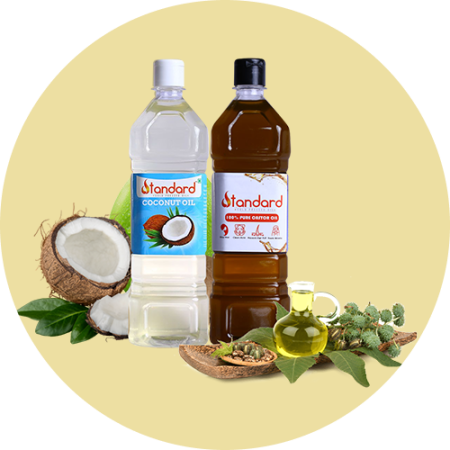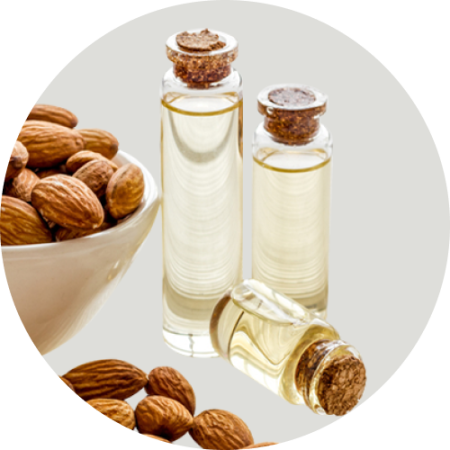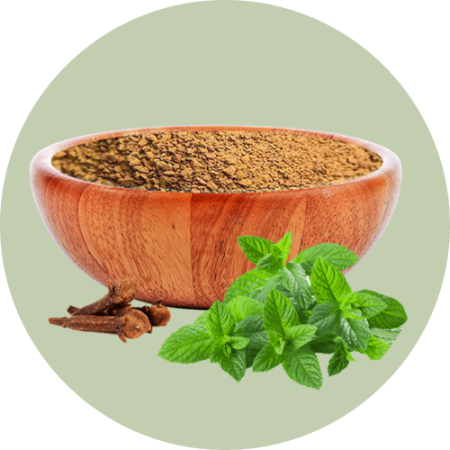Neem Oil
₹90.00 – ₹4,800.00
Benefits
Treats
Acne
Treat Scalp
Infections
Cures
Dandruff
Conditions
Dry Hair
Order via WhatsApp!
Description
Neem Oil / Veppa Ennai / Margosa Oil(Neem Ka Tel) / Bevina Enne / Vepanune / Veppettenna
Unlock the Benefits: Pure Neem Oil for a Healthier Home & Vibrant Garden..!100%pure
From pest control to skin care, neem oil is a versatile natural wonder. Explore our premium neem oil, delivered straight to your door (free!) with the convenience of COD.
Amazing Benefits:
- For Acne Relief
- Skin Replenishing & Scar Removal
- Natural Pest Control & Mosquito Repellent
- Act as a Natural Fertilizer in Terrus Gardening & Organic Farming
- Skin Care: Smoothens Wrinkles, Stimulates Collagen, Relieves Dry Skin & Reduces Eczema and Acne
- Act a a Natural Insecticide Against Pests in Garden/Farming
- Mosquito Repellent: Mix 2% of Neem Oil with Coconut Oil, Apply Your Body Gives Protection for 12 hours from the Bites of Mosquito
- Shelf Life:12 Months
Neem oil is extracted from neem seeds and is enriched with medicinal properties. It goes into making cosmetics and other beauty products like herbal shampoos, soaps, creams, hair oil etc. Neem oil is excellent for treating skin related ailments including rashes, infections and also works great as mosquito and insect repellent.
10 Awesome Benefits & Uses of Neem Oil: A Herbal Elixir That Heals
Like it or not, you can’t really turn away from the power of natural sources. These days, wherever you look, you cannot help but notice beauty products with natural extracts. Our own country is a gold mine of rare and powerful ingredients that are great for human health and beauty.
Ayurveda, the age-old Indian science of treating almost every health and beauty-related woes, propagate using these items in their purest and rawest form.
In this piece, we set out to talk about a well-known ingredient that is used in multiple ways to ensure our physical welfare – neem. Neem, also known as Azadirachta Indica or Margosa tree is an evergreen tree that is found predominantly in the Indian subcontinent.
This humble tree is a powerhouse of health-benefiting properties. From its bark, roots, seeds, and leaves to its oil, it wouldn’t be wrong to credit neem oil as a magic potion.
Dr. Ashutosh Gautam, Clinical Operations and Coordination Manager, Baidyanath says, “Neem in general is great for our health. You can take any part of the plant and use it for treating different ailments and conditions. It has anti-fungal, anti-bacterial and anti-septic properties.”
He also shared other ways in which neem oil can be put to use to treat various conditions:
1. Its topical application can help treat worm, insect, and mosquito bite
2. It works as an insect repellent.
3. It has anti-fungal properties and can be used to get rid of hair and skin disorders as well as dandruff and head lice.
4. Most ayurvedic medicines and beauty products make use of neem oil.
5. In Ayurveda, it is used to treat urine infection, urine disorders as well as stomach/intestinal worms
6. You can also add a few drops to it in kaadha (a mix of ginger, tulsi leaves, peppercorn (crushed), and boiling hot water) and sip on it to improve immunity.
7. Neem oil can be combined with sesame oil and applied on skin infections or worm/insect bites to get rid of redness, itchiness, and inflammation. Dilute it with sesame oil (1/10 ratio)
8. Mix neem oil with coconut oil (1/10 ratio) with a little bit of camphor to get rid of dandruff.
9. Take 2-3 drops of neem oil, dilute it with water and apply this mix to your blackheads. Apply this regularly to get rid of blackheads and prevent them from coming back.
10. Neem oil is extremely nourishing and can be added to your face packs. It also helps aging skin, and any kind of skin irritation, and itching.
Sometimes going back to our roots helps a great deal in solving some of the everyday struggles that we have to face, Neem comes as a holistic ingredient that can help do away with most of them.
AND MUCH MORE ABOUT NEEM OIL BENEFITS
Neem oil is taken from the neem tree and is completely natural. It has a strong flavor and smell. Neem oil is very healthy and nutritious.
They are very common in Indian and our ancestors have been using them for years. Its medicinal values and uses are enormous.
Neem oil is composed of various acids which are vital for our body such as Oleic Acid, Palmitic Acid, Stearic Acid, etc.
Soft skin:
Maintaining soft skin is always a burden. Due to pollution and work timings, it had become even harder. Neem oil helps in maintaining the softness, suppleness, and radiance of the skin. It even cleans dirt, and sweat from our skin.
They also contain a huge amount of vitamin which is very important for our skin. It also promotes moisture retention in skin and hair
Hair growth
Neem oil helps in the growth of thicker, longer, and stronger hair which is completely natural. It irradicates dandruff issues and initiates better hair growth. It provides the correct level of moisture and initiates healthy hair to grow. It even does this without any feeling of heaviness or uncomfort.
A friend in yours post the ’30s
Neem oil helps in controlling and curing premature wrinkles and fine lines. This makes you look young.
mmunity
It recreates the immunity or initiates your body to fight back against bacteria or any other foreign particles. This is mainly because of its antioxidant properties.
Best medicine for piles
Kids and adults get to undergo the pain of piles. Neem oil rescues inflammation, burning or pain and cures the piles. It, in fact, initiates a good excretion cycle.
As preservative
Neem oil acts as a preservative and has the capacity to stay in shelf for longer time
Recovery from wound
Neem oil which possesses anti-bacterial properties initiates quick healing. It also cures inflammation as it possesses anti-inflammatory properties.
Make oils feel thinner in consistency when used in an oil blend, thus being beneficial for use on acne-prone skin
ALPHA-LINOLENIC ACID (OMEGA-3) is known to:
- Lessen inflammation
- Control blood clotting on the skin
- Soothe joint pain and ease stiffness to improve flexibility
VITAMIN E is known to:
- Exhibit anti-oxidant activity
- Delay the appearance of aging
- Repair and improve the appearance of damaged tissue such as scars, acne, and wrinkles
- Protect skin and hair against environmental toxins such as those found in air pollution
CAROTENOIDS are known to:
- Exhibit anti-oxidant properties
- Prevent cellular damage
- Protect skin and hair against environmental toxins
- Repair skin damage and signs of aging caused by UV radiation, hormones, or acne
- Reduce hyperpigmentation caused by UV radiation, hormones, or acne
- Make skin appear exceptionally younger
- Stimulate the regeneration of skin
- Boost skin’s collagen and elastin production to increase thickness, elasticity, firmness, softness, and smoothness
- Hydrate skin by reducing water loss
NIMBIN is known to:
Have antiseptic, antifungal, antipyretic, and antihistamine properties
Relieve redness and swelling
AZADIRACHTIN is known to:
Be one of the two main active constituents derived from Neem seed kernels
Protect the Neem tree with its insecticidal and fungicidal compounds
Determine the quality of the Neem Carrier Oil, depending on its percentage
Used topically, Neem Carrier Oil can soothe red, itchy, inflamed skin associated with ailments like acne, burns, rosacea, eczema, psoriasis, and rashes among others. Neem Oil works as a natural substitute for anti-aging products and as a protective agent against skin damage caused by UV rays.
It deeply penetrates the skin to restore moisture, enhance elasticity, smooth wrinkles, stimulate collagen production, and heal cracks caused by dryness. It reduces skin redness and brings out a healthy glow. Its ability to unclog pores and follicles while soothing irritated skin without leaving a greasy residue makes Neem Carrier Oil an effective agent for acne-prone skin
it prevents future breakouts by eliminating acne-causing bacteria, purging impurities, tightening the pores, and evening out skin tone. By softening the skin to make it supple, facilitates the healing of scars and reduces their look and feel.
Used in hair, Neem Oil naturally removes dandruff and balances hair’s natural pH level, preventing future dandruff. It not only detangles hair, but it prevents hair thinning caused by pollution, stress or medication by promoting the growth of stronger, tamer’s hair.
Regular application of Neem Oil to the scalp moisturizes hair from root to tip, maintains the health of the scalp, and repairs split ends, which can arrest the development of hair growth and create frizz. Neem Carrier Oil can rejuvenate and fortify dull, frizzy hair by conditioning it to restore its luster and strength.
Used medicinally, Neem Carrier Oil contains components that prevent and eliminate fungal infections. By soothing the irritation and eradicating the bacteria that cause them, Neem Carrier Oil can calm skin ailments such as ringworm, Athlete’s Foot, nail fungus, and cold sores.
By suffocating parasites that live on the skin, effectively eradicates ailments such as scabies and head lice. When applied to minor wounds, Neem Oil reduces inflammation and facilitates faster healing by increasing blood flow to the area and helping to create collagen fibers, which strengthen firm, and shape skin.
As illustrated, Neem Carrier Oil is reputed to have many therapeutic properties. The following highlights its many benefits and the kinds of activity it is believed to show:
COSMETIC:
Anti-inflammatory, Anti-oxidant, Astringent, Regulating, Pediculicidal, Moisturizing
MEDICINAL:
Antibacterial, Antiviral, Anti-inflammatory, Anti-fungal, Antiseptic, Antipyretic Antihistamine, Analgesic, Astringent, Anthelmintic, Diuretic, Emmenagogue, Febrifuge, Parasiticidal, Pediculicidal
Other Names:
- English: Indian Lilac
- Tamil: Vembu / Veppa Ennai
- Hindi: Neem Til
- Malayalam: Arya Veppu
- Telugu: Vepa Enna
- Punjabi: Nimm
You may also like…
-
Hair Care Trio Pack: Coconut, Castor & Neem Oil (200ml each)
Original price was: ₹570.00.₹555.00Current price is: ₹555.00.Save ₹15
(Incl. GST)



